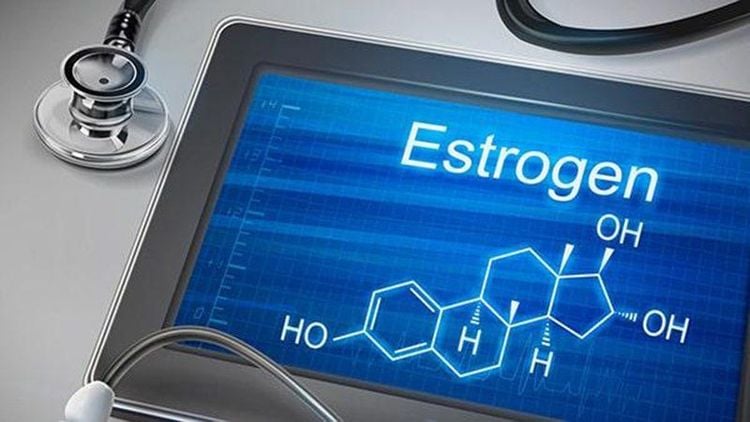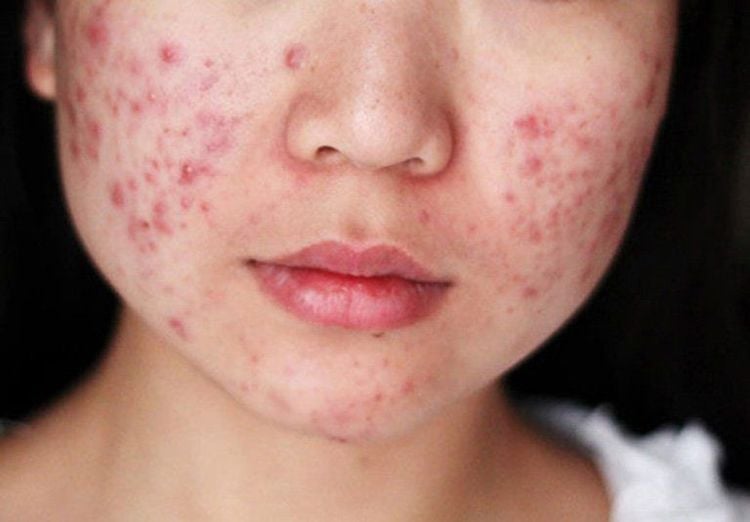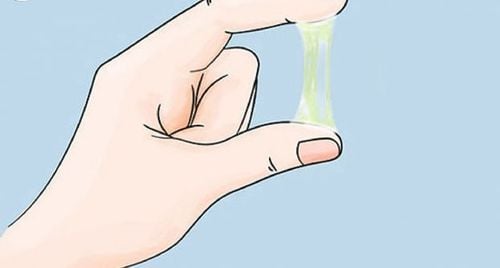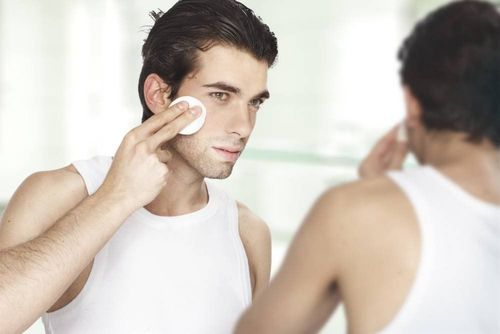Puberty is a period of many upheavals, characterized by a transitional stage in physical maturation and psychosocial development. Accordingly, the skin also undergoes many changes, alongside the appearance of acne are the first signs of melasma and freckles. Thus, knowing the causes of melasma and freckles in puberty and actively preventing them will help teenagers grow up beautifully and radiantly.
1. Skin changes during puberty
Puberty is the time when the body matures from a child into an adult. This stage begins at an average age of 9-10, and related physical changes may start to appear in the preteen years.
From changes in skin cells on the scalp to sweat glands in the feet, many physical changes occur during puberty. Hormones produced during this developmental stage cause many changes, both physical and emotional. Among these, acne is a very common skin condition that causes different types of pimples. Many teenagers experience acne due to hormonal changes that occur with puberty, causing acne to appear on the back, upper chest, neck, shoulders, and most commonly, the face.
These areas are more prone to acne because they have pores containing oil glands that produce sebum, an oil that moisturizes the skin. When entering puberty, hormones stimulate these glands to produce more sebum, and they often overwork and produce excessive sebum, leading to clogged pores with excess oil, dead skin cells, and bacteria. Successful treatment of acne depends on an individual's type of acne, and a skincare regimen must be followed to achieve the best results.
Additionally, with hormonal changes, children's skin during puberty also begins to show hyperpigmentation spots, manifested as freckles and melasma. Moreover, this can also be the consequence of chronic inflammatory reactions following acute inflammation caused by acne.
2. Causes of melasma and freckles in puberty
Melasma and freckles are manifestations of hyperpigmentation. This condition is essentially due to an increase in melanin pigment, which is the natural pigment that gives color to skin, hair, and eyes, determined by race, genetic inheritance, and affected by both endogenous and exogenous factors during an individual's life. Accordingly, some factors that can trigger increased melanin production are exposure to sunlight, hormonal influences, age, and skin trauma or inflammation.
Although melasma and freckles can occur in anyone at any time in life, this condition usually begins at puberty rather than in earlier childhood, with the following characteristic causes in this stage:
2.1. Hormonal changes
Hormonal influence is the main cause of melasma, freckles, or hyperpigmentation in general. Puberty is marked by a surge in sex hormones - estrogen, progesterone, and testosterone. Compared to boys, girls are more likely to develop melasma or freckles as they grow up due to female sex hormones estrogen and progesterone in their blood, which are highly sensitive when skin is exposed to sunlight, thereby triggering reactions that lead to overproduction of melanin.
Additionally, skin hyperpigmentation can also be a side effect of some hormone treatments, especially when prescribed during this stage to control resistant acne.

2.2. Exposure to sunlight
Sunlight triggers melanin production and is the number one cause of melasma or hyperpigmentation in general. Melanin's role is to act as the skin's natural sunscreen by protecting it from harmful UV rays. However, excessive exposure to sunlight can disrupt this process, leading to hyperpigmentation. When dark spots like freckles and melasma have developed on the skin, exposure to sunlight can also exacerbate the problem, making hyperpigmented spots even darker.
When children enter puberty, the need for movement and participation in outdoor physical activities increases, as does the risk of sun exposure. Meanwhile, because children don't yet have awareness of protecting their skin, and if their skin isn't properly cared for with adequate sun protection, coupled with hormonal changes, sunlight becomes an additional resonating factor for the cause of melasma and freckles in puberty.
2.3. Consequences of skin damage and dermatitis
The cause of melasma and freckles in puberty is also due to post-inflammatory skin recovery, occurring after trauma or dermatitis such as acne - the most obvious manifestation of puberty on the skin, cuts, burns, chemical contact, and other skin injuries.
Because teenagers lack proper skin care awareness, especially avoiding sunlight, and have incomplete skin hygiene habits, their skin injuries, particularly acne, after healing, create favorable conditions for the formation of melasma spots and freckles.

2.3. Due to diseases and medication
Some systemic diseases and drug effects are known to pathogenically cause hyperpigmentation. Accordingly, skin hyperpigmentation is also a symptom of some diseases such as autoimmune, gastrointestinal diseases, metabolic disorders, and vitamin deficiencies.
Some types of medications that can increase skin pigmentation have been identified as chemotherapy drugs, antibiotics, antimalarials, and anticonvulsants.
2.4. Due to lifestyle and improper nutrition
Children in puberty often have many desires to explore the world around them, increasing time for studying, playing with friends, and expanding social relationships. Therefore, without proper guidance on reasonable schedules from schools and families, poor scientific living habits, frequent late nights, and insufficient sleep will cause internal body stress, increasing secretion of the stress hormone cortisol, which also makes the skin more prone to developing melasma and freckles.
On the other hand, due to physical development needs during this period, children often prefer to consume energy-rich foods such as fast food, fried food, soft drinks; eat fewer vegetables and fruits, don't drink enough water during the day;... also causing the skin to fall into a state of chronic inflammation. This is both a cause of acne and a cause of freckles in puberty.
In conclusion, puberty has its causes of melasma and freckles during this stage, revolving around hormonal changes that help children's bodies quickly achieve remarkable developmental milestones. Accordingly, because the hormonal causes of freckles cannot be changed, if actively adjusting and preventing the remaining factors, hyperpigmentation will be easily controlled, resulting in smooth, bright skin that is also acne-free.
Follow the website: Vinnmec.com regularly to update many other useful information.
Please dial HOTLINE for more information or register for an appointment HERE. Download MyVinmec app to make appointments faster and to manage your bookings easily.
To arrange an appointment, please call HOTLINE or make your reservation directly HERE. You may also download the MyVinmec app to schedule appointments faster and manage your reservations more conveniently.








